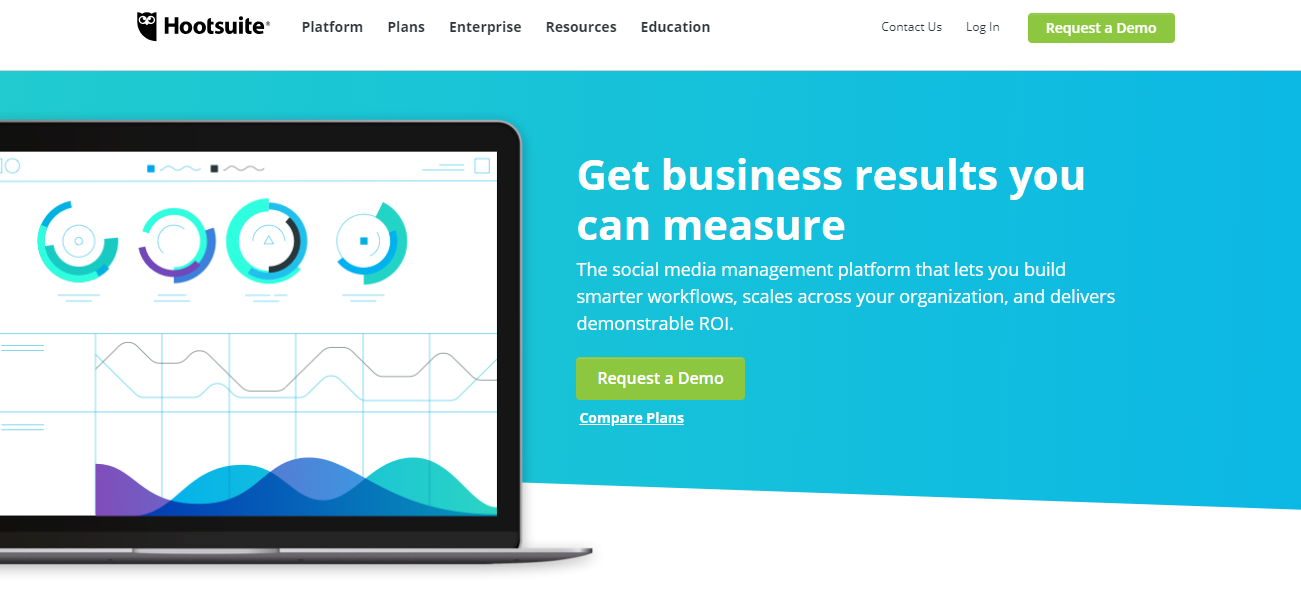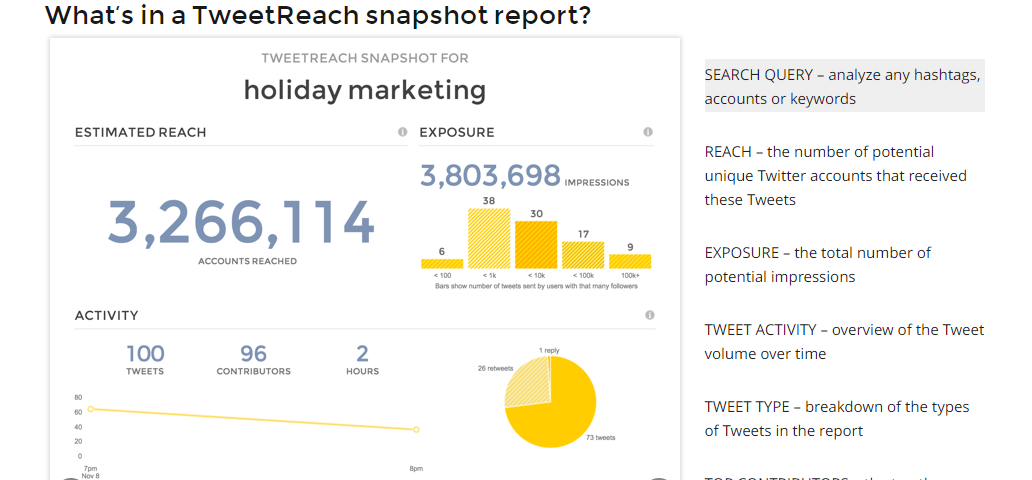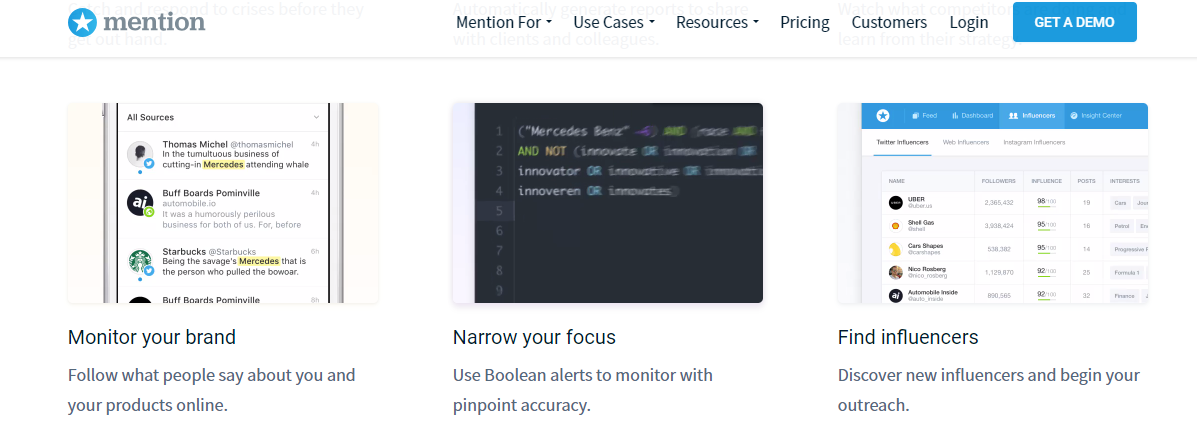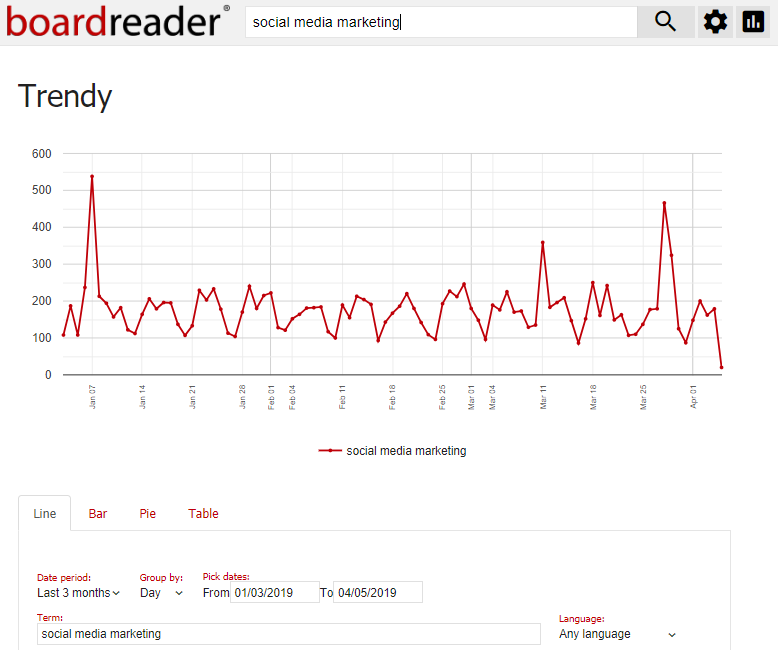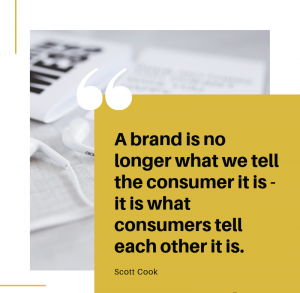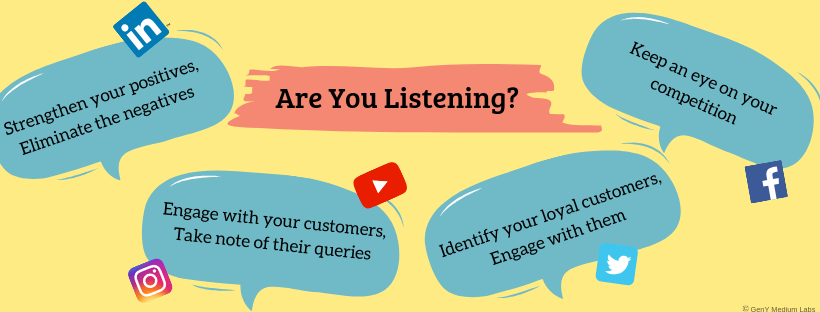The use of social listening tools by consumer facing brands has an obvious and tangible value. B2C industry verticals have frequent consumer interactions which is enabled by such platforms. Furthermore, such brands rely on listening platforms to derive consumer insights and apply these in formulating their marketing strategies. Therefore, investing in social listening tools makes sense.
But how about using social listening tools for B2B? How often have we heard the refrain – “But we are a B2B brand, why should we invest in social listening?”
Is such an investment an overkill?
No. In fact the ROI from investing in a listening platform is as attractive, if not more, for B2B brands.
The underlying differences between B2B and consumer facing businesses can define the utility of listening and the value therefore. Here are some:
- B2B businesses typically interact with fewer customers and have fewer relations to manage versus B2C brands. (There are exceptions, but let us ignore that sub-segment for a bit).
- Each B2B opportunity could be potentially worth millions. Very unlike B2C.
- The lifetime value of an individual customer is significantly higher. Therefore, relationships with each individual customer is worth more.
- Competitive insights and intelligence makes a big difference in the sales, cross-selling and up-selling process.
These assumptions might hold true for most B2B brands, especially enterprise brands. Let us discuss a few ways in which listening tools can be meaningfully used by B2B brands.
Each customer relation has significant value. Responsiveness nurtures this relation.
Think of typical B2B engagements.
- A consulting engagement for a top-tier consulting firm.
- A software services contract with a IT services provider.
- An ERP solutions provider.
- A pharmaceutical ingredient supplier.
The common themes are as follows:
- Many of these are multi-year, multi-million worth contracts.
- A very few people from either side hold the key to forging and sustaining such relationships.
Using a social listening and insights platform you can: a) gather insights about your own existing customers, b) be responsive when your customers reach out to you using social media, c) engage the key opinion leaders (KOLs) and leadership within your customer’s organization. It is obvious that these measures will nurture the relationship and improve customer satisfaction and retention.
After all, each of these relationships need insights to nurture. The more alert and responsive the brand the better.
A responsive and engaged brand would lead to a groundswell of support and positive feedback from within the customer, making the relationship that much stronger.
Your strategy is as good as the intelligence you gather. Deeper insight offers competitive advantage.
The foundation of a good strategy whether it be related to launching new products or services, entering a new market or enhancing your share of the customers’ wallet is intelligence.
Intelligence about what innovation the customer seeks. What competitors are doing in the market and new trends which need to be considered.
Consider that you are a large medical equipment manufacturer. Also imagine that you gather than one of your customer, which is a hospital network announces that it is launching new locations. Would this piece of intelligence help you prepare a pro-active pitch? The answer should be a unanimous, ‘yes!’.
How do you gather such intelligence about your customers and competitors?
Research reports? Yes, absolutely. But investing in sophisticated social listening platforms can give you insights which are comprehensive and from across different mediums. And all of this in real time.
The better and deeper the insights the more grounded and robust your strategy. And that helps you win new customers and enhance existing engagements.
Identifying customers can be very valuable.
Can we identify customers using listening? Yes, with sophisticated platforms, and Auris is one of them, you can.
Using listening to identify customers who are looking or evaluating different options, you can guide the decision makers to the right resources or reports and therefore influence their decision, without coming across as intrusive.
Imagine converting just one customer discovered using listening. The ROI would most certainly be significant.
Your share of PR makes a difference.
Higher salience leads to more enquiries – this is very well understood. But how high is good enough?
How do you define the key performance metrics for your corporate communications or PR program? One important metric is your share of PR versus your competitors.
Using good media monitoring platforms can help you measure your performance in news media, relative to competition.
Measuring is the first step towards improvement. Active media monitoring can help B2B brands improve their PR competitiveness, which in turn impacts customer perception and the volume of inbound leads.
Monitoring media mentions can help avoid crises and related costs.
All publicity is good publicity. Or is it?
The cost of negative PR can be astronomical. A negative news which propagates through social media, can make prospects move away to alternatives. It could also make existing customers start looking for alternatives.
One way to avoid or at least limit a media crisis is by actively monitoring mentions.
Good listening platforms offer crisis alerts, which can help avert corporate brand catastrophes. Cost avoidance of this nature is in-fact tremendous ROI.
Employer brand health
How is your brand performing as an employer brand? For most IP oriented product companies and almost all services companies, the talent they attract and retain encompasses their real value. The employer brand is an important, though intangible asset.
Listening tools help bring employee concerns to your attention. Active listening can help understand opportunities to enhance the workplace environment. This goes a long way in improving productivity, employee morale and therefore retention.
Although this represents an investment towards creating an intangible asset, but most Fortune 100 brands deploy listening to cover employer brand health because they have understood first-hand how employer brand health matters.
Decision influencers – do you have a strategy for them?
Your marketing program has mapped out decision makers. But what about decision influencers, especially 3rd party influencers?
For example, how much do industry journalists or analysts talk about you? Who are you compared with? Are you listed in the “Top 10 ERP solution providers ..” or “The consulting companies you should definitely speak with?” Are your CXOs invited to industry panels or to join industry advisory boards?
The question often is how do we seek out these analysts and journalists? One way to start is to deploy social listening and monitor influencers who routinely talk about the industry you play in.
Regularly being referred to or being mentioned by decision influencers can go a long way to driving a positive perception amongst your prospects and then improve your lead to conversion ratios.
Alternative data – your source of insights about your customers
There has been a great deal of success seen in using alternative data for customer insights. How can you look at customer chatter to understand the prospect’s business needs better?
Let’s take a hypothetical example. One where a technology company is prospecting with an airline company on implementing IT solutions.
A typical meeting would start by you posing the question – “What are some of your unmet needs on technology?”
What if you could do better than that. What if you could say, “We have understood that your customers face more baggage loss issues than your peers. We can implement a solution which can reduce such instances by 25%.”
We all know which interaction would lead to the next meeting or better still an RFP.
The investment? A listening platform to understand the prospective customer’s issues. The ROI could be phenomenal.
In conclusion.
The answer to “Whether a B2B brand should utilize the power of social listening?” is a resounding YES. B2B brands can reap rich returns from social listening. Pick a robust listening solution and add to both your topline and bottomline.








